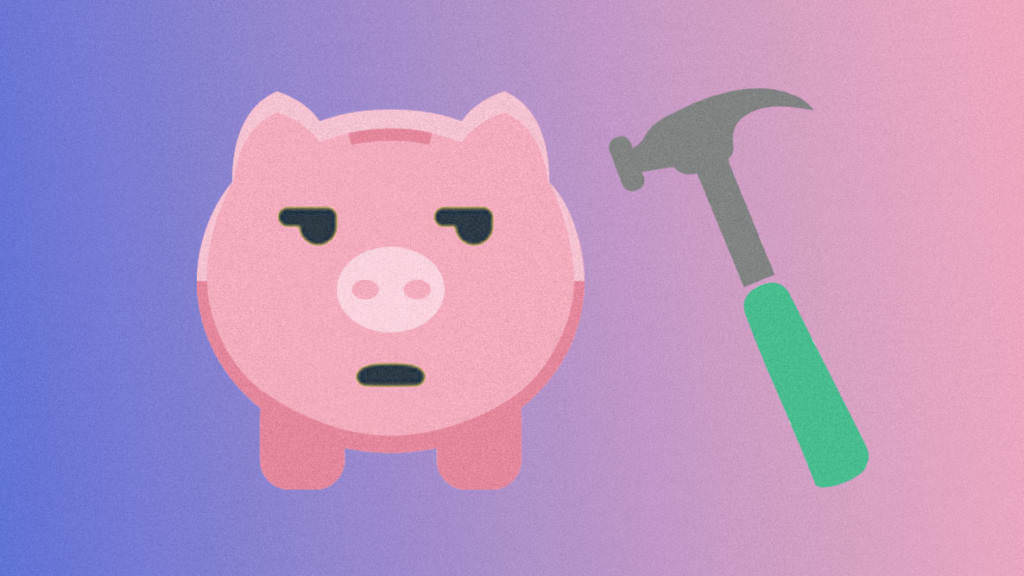Spending $7.2 billion on advertising in 2016, Procter & Gamble consistently tops lists of the largest marketing budgets in America. P&G marketers intend to change that, cutting its ad spending by hundreds of millions of dollars in the coming year.
The company has already reduced its ad spending by $750 million in the past year and plans to excise another $400 million in the near future.
“It’s clearer and clearer to us that there are additional ways to eliminate waste,” said Jon Moeller, P&G’s chief financial officer, in an earnings call with investors.
Part of the “waste” Moeller identified came from the number of advertising agencies the brand works with, which the company cut from 6,000 to 2,500 last year. Over the course of 2018, Moeller expects that number to shrink to 1,250.
“We need the contribution of creative talent and are prepared to pay for that,” Moeller stated. “We don’t need some of the other components of the cost. We will move to more ‘fixed and flow’ arrangements with more open sourcing of creative talent and production capability, driving greater local relevance, speed and quality at lower costs.”
This move continues the company’s efforts to move away from traditional digital advertising, which P&G’s chief brand officer Marc Pritchard described as “complicated, nontransparent, inefficient and fraudulent.”
Ironically, it was P&G’s supply chain becoming less nontransparent that led to its further digital budget cuts, as Moeller credited more forthcoming media vendors with pointing out just how much of their messaging was misplaced, invisible or served to bots.
“There is more opportunity to eliminate waste by reducing excess frequency within and across channels, eliminating non-viewable ads and stopping ads served to bots or adjacent to inappropriate content,” Moeller said. “Through these efforts, we’ve been able to eliminate waste and cut losses, while simultaneously increasing reach the number of consumers we’re actually connecting with by about 10 percent.”

